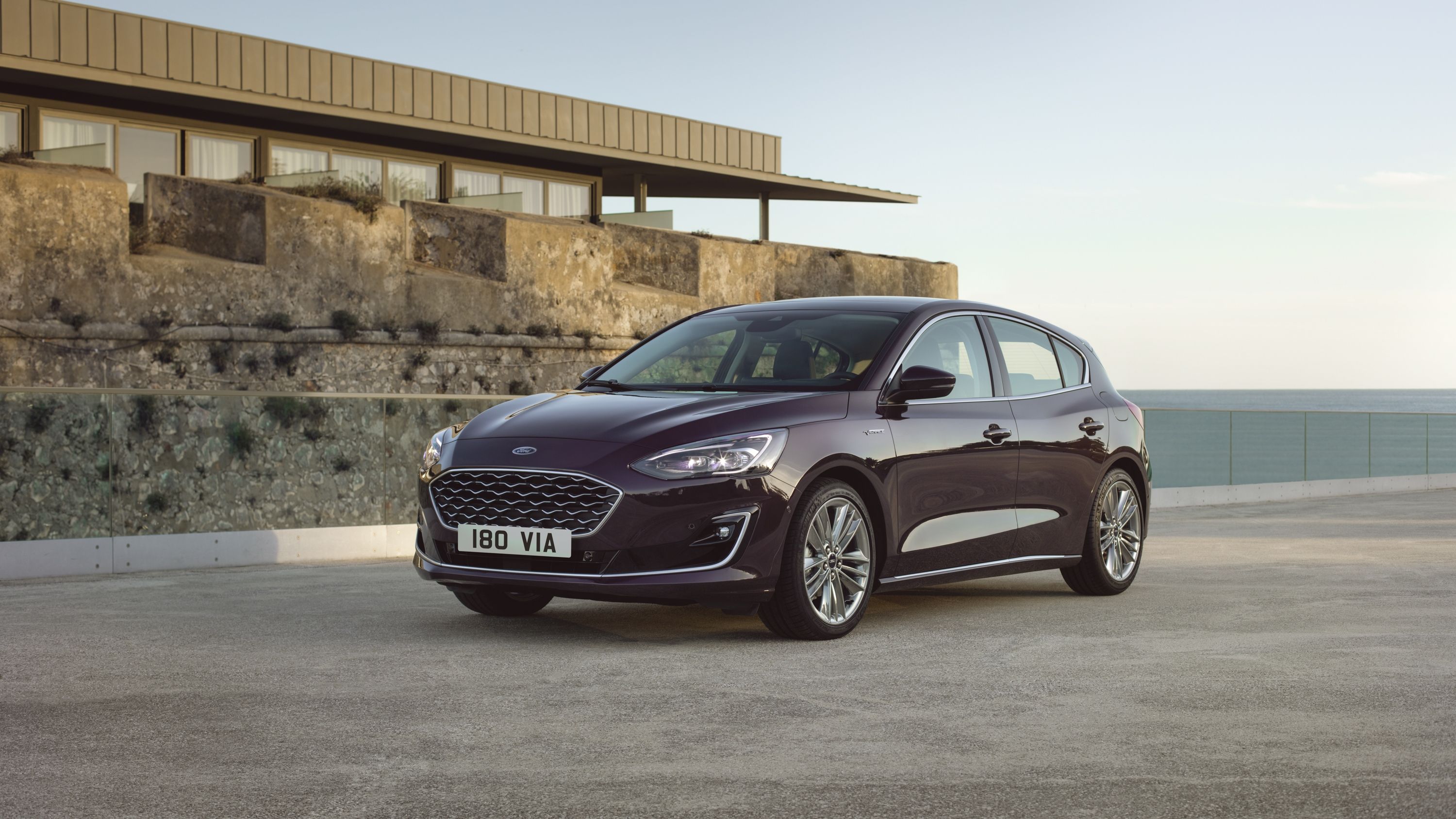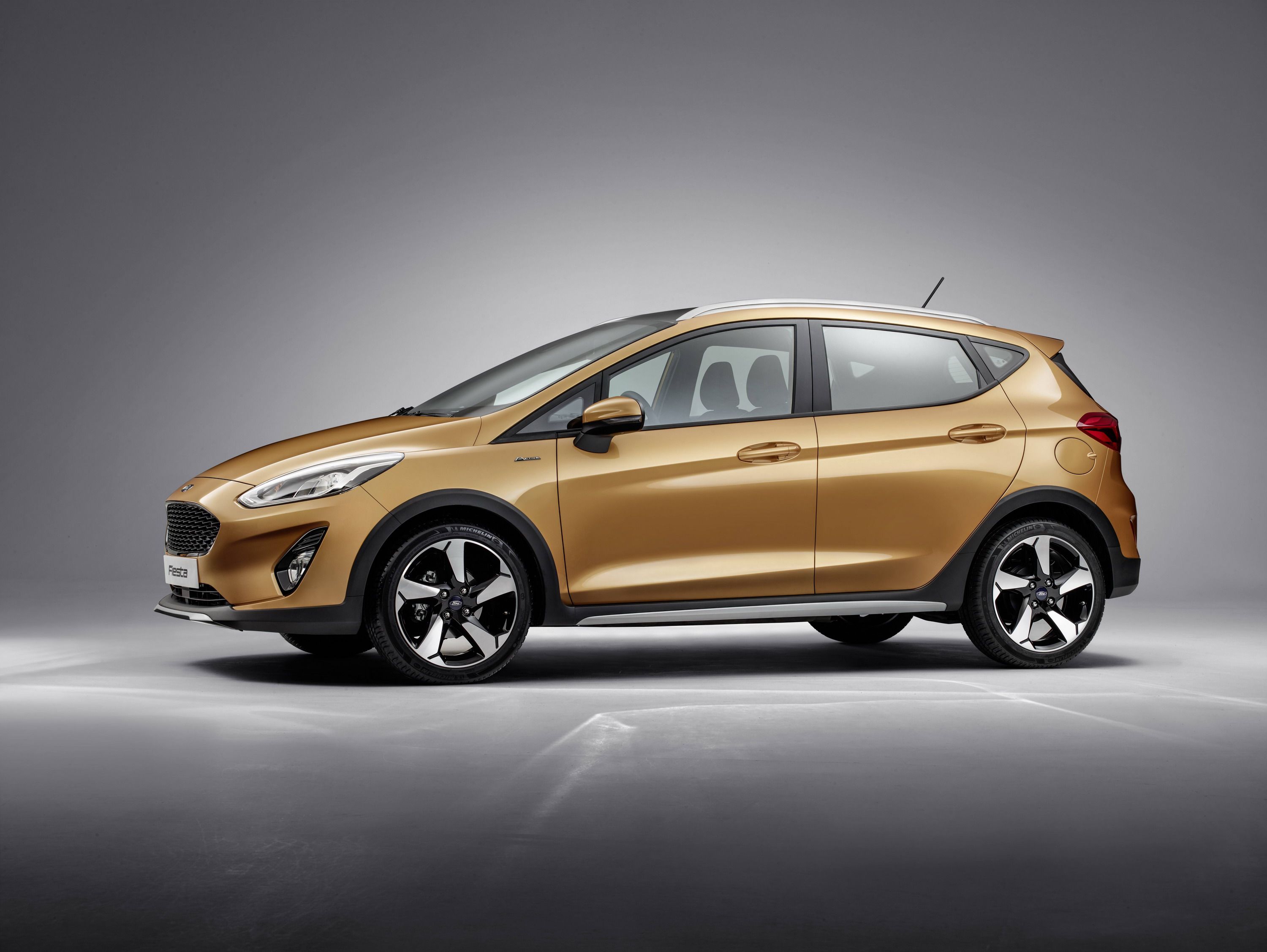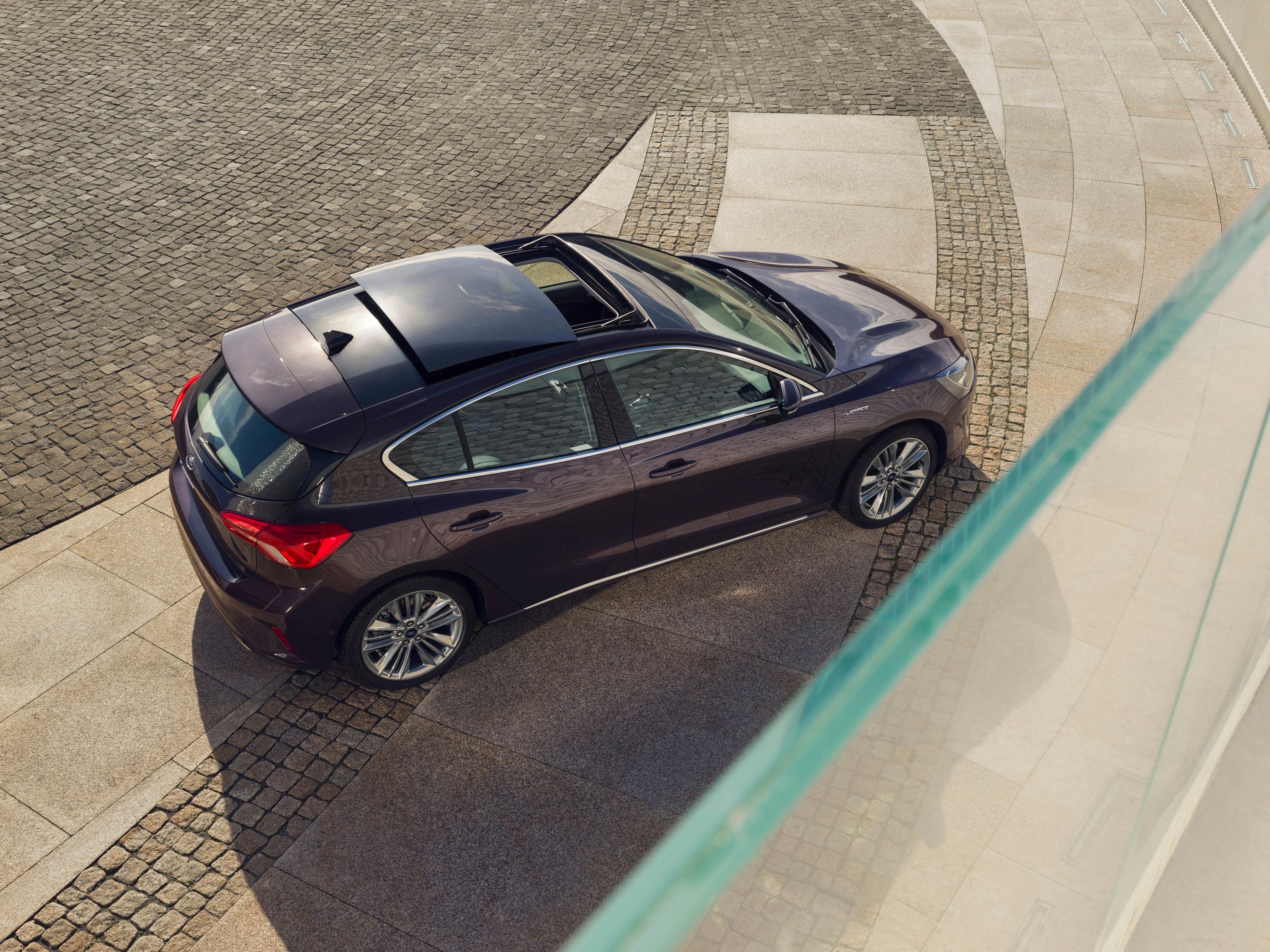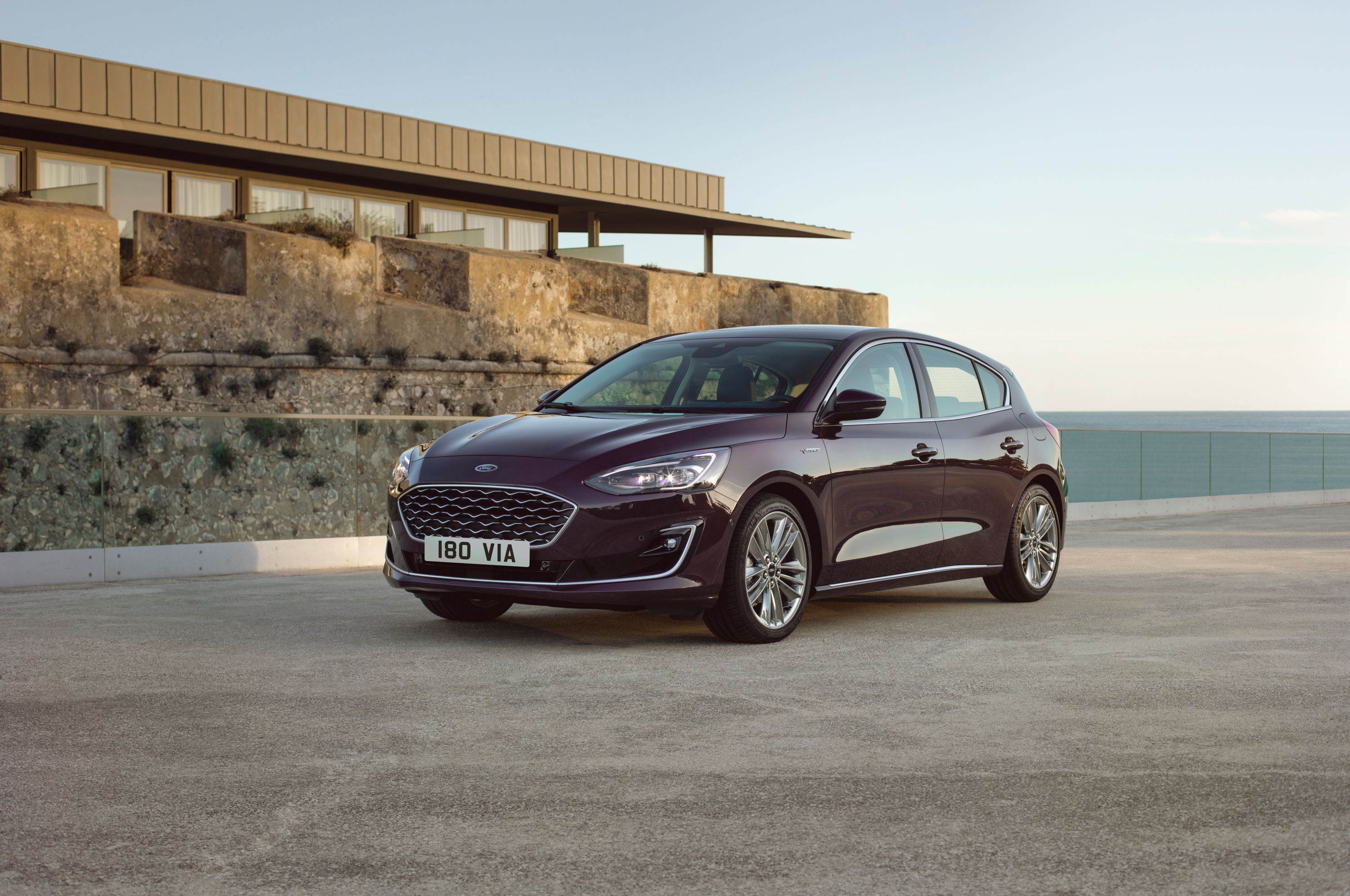In case you haven’t noticed, the traditional car body style has been relegated to the corners of the market these days, supplanted by large-and-in-charge SUVs and pickups. As such, Ford is trimming the fat in its lineup, and cars are out.
Continue reading for the full story.
The Full Story
Ford wants to unearth some $25.5 billion in cost savings by the year 2022. That’s a massive $11.5 billion over the current $14 billion identified in October, and to achieve that number, it’s gonna need to make some drastic changes.
However, Ford Motor Company’s new CEO, Jim Hackett, looks ready to make the call. Hackett took the helm less than a year ago, but he’s already gearing up for a major course correction, as every non-luxury sedan sold in North America will get the axe moving forward.
The list includes the Ford Fusion, the Ford Fiesta, and the Ford Taurus. Lincoln’s products are also most likely on the chopping block.
Fear not though, Pony Car lovers, as the Mustang will survive the great Ford Carpocalypse of 2018 (because of course it will. You kill the Mustang, you basically kill America, amiright?).
The Focus will also continue on, but as a wagon imported from China.
“We’re going to feed the healthy part of our business and deal decisively with the parts that destroy value,” Ford CEO Jim Hackett told Automotive News.
Projections predict that roughly 90 percent of Ford’s North American sales will be light trucks in the near term, and as such, Ford will work to strengthen its already impressive sway in the segment. The Dearborn-based automaker raked in over $3 billion in the first quarter thanks to its trucks and SUVs. By contrast, Ford loses roughly $800 million annually selling small cars in North America, according to UBS analyst Colin Langan as reported by Automotive News.
Ford isn’t alone in cutting cars from its stable. FCA is doing the same thing, albeit in a slightly less dramatic fashion, giving the ax to the Dodge Dart and Chrysler 200 while drawing down on the Chevrolet Cruze. Meanwhile, FCA is adding production capability to its line of crossovers.
Some critics characterize Ford’s move as being too hasty, pointing out that a similar knee-jerk reaction in 2008 following a spike in gas prices would have resulted in a major profit loss when gas prices dropped several years later.
Indeed, projections aren’t always on target, and although consumers are scooping up SUVs and light trucks in droves today, Ford might get caught between a rock and a hard spot if the market shifts.
That said, gas prices might not be as impactful as they were in the past, as modern engine technology have rendered a steady uptick in fuel economy, even within the thirsty SUV and crossover segment.
Still, with so much uncertainty these days, a smarter move might be to hedge your bets. Either way, you can be sure Ford’s competitors will be watching with a keen eye to see how the move pans out.
Automotive News0}
Read our full review on the 2019 Ford Focus.
Read our full review on the 2018 Ford Mustang.
Read our full review on the 2017 Ford Fiesta.
Read more Ford news.




